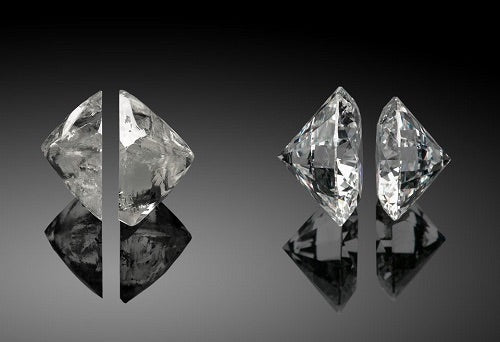In recent years, the diamond industry has witnessed a transformative shift with the advent and growing popularity of 4Cs lab grown diamonds. These gems, created in controlled environments rather than mined from the earth, are gaining traction for their ethical considerations, environmental benefits, and quality. As consumers increasingly prioritize sustainability and transparency, lab-grown diamonds are emerging as a viable alternative to their natural counterparts. To understand their appeal and quality, one must delve into the 4Cs: Cut, Color, Clarity, and Carat weight.
1. Cut: Precision and Brilliance
The cut of a diamond, whether natural or lab-grown, is crucial as it determines the gem’s brilliance and sparkle. Lab-grown diamonds are crafted with advanced technology that allows for precise cutting techniques. Manufacturers can achieve ideal proportions that optimize light reflection and refraction within the stone, resulting in exceptional fire and brilliance. This precision in cutting ensures that lab-grown diamonds can rival or even exceed the sparkle of natural diamonds.
2. Color: Pure and Vibrant
Color grading is another significant aspect of diamond evaluation. Lab-grown diamonds typically exhibit fewer impurities than natural diamonds, leading to exceptional color purity. They are often classified within the D-to-Z color scale, where D represents colorless and Z exhibits noticeable color. Many lab-grown diamonds fall within the colorless to near-colorless range, offering consumers a wide selection of vibrant and clear options.
3. Clarity: Transparency and Perfection
Clarity refers to the presence of internal and external flaws, known as inclusions and blemishes, respectively. Lab-grown diamonds are cultivated under controlled conditions, resulting in fewer imperfections compared to diamonds mined from the earth. This superior clarity enhances the gem’s transparency and brilliance, making it an attractive choice for those seeking a flawless appearance without the price premium associated with flawless natural diamonds.
4. Carat Weight: Size and Value
Carat weight measures the size of the diamond, with one carat equaling 0.2 grams. Lab-grown diamonds are available in a wide range of carat weights, catering to various preferences and budgets. Due to their controlled production process, manufacturers can create larger carat weights more consistently than what is typically found in natural diamonds of comparable quality. This accessibility allows consumers to choose larger stones without compromising on quality or ethical considerations.
Conclusion: The Future of Diamonds
As technology advances and consumer awareness grows, lab made diamonds are poised to reshape the diamond industry fundamentally. They offer a sustainable, ethically sound alternative to mined diamonds while maintaining the exceptional quality and beauty that consumers expect. The 4Cs—Cut, Color, Clarity, and Carat weight—demonstrate that lab-grown diamonds can compete on all fronts with their natural counterparts. Whether for an engagement ring, a special gift, or personal indulgence, lab-grown diamonds provide a compelling choice that aligns with modern values of sustainability and quality. As demand continues to rise, the future of diamonds undoubtedly shines bright with these innovative creations from the lab.






